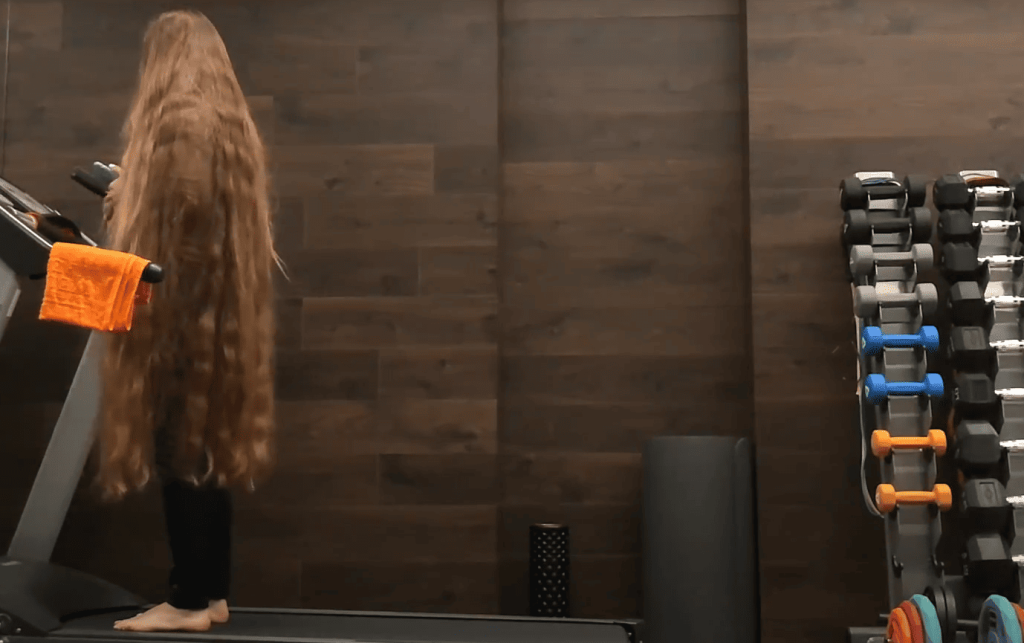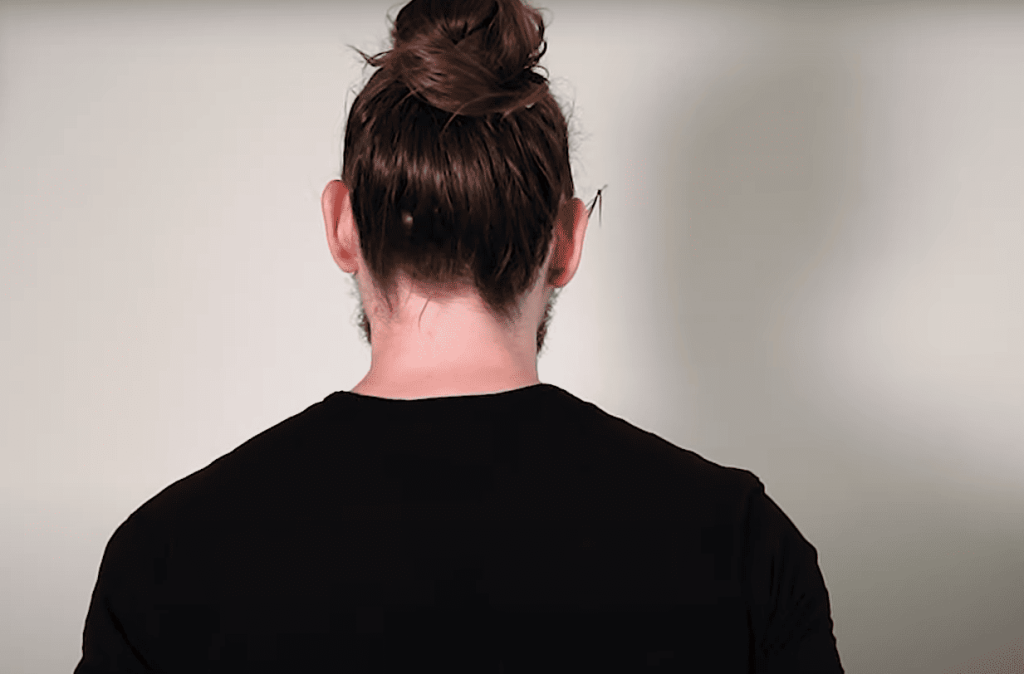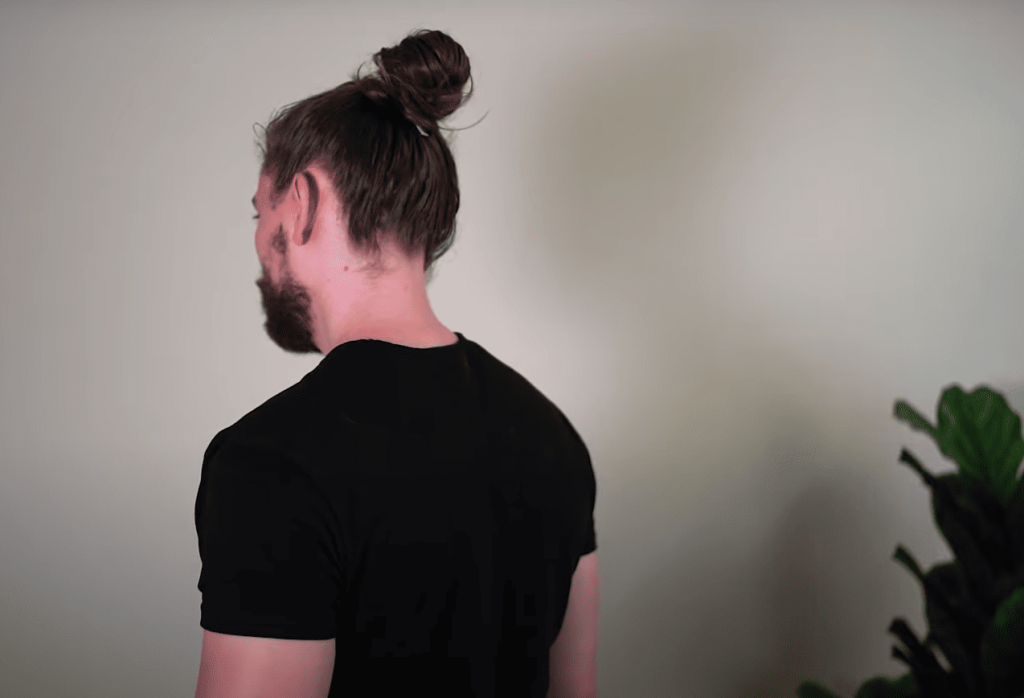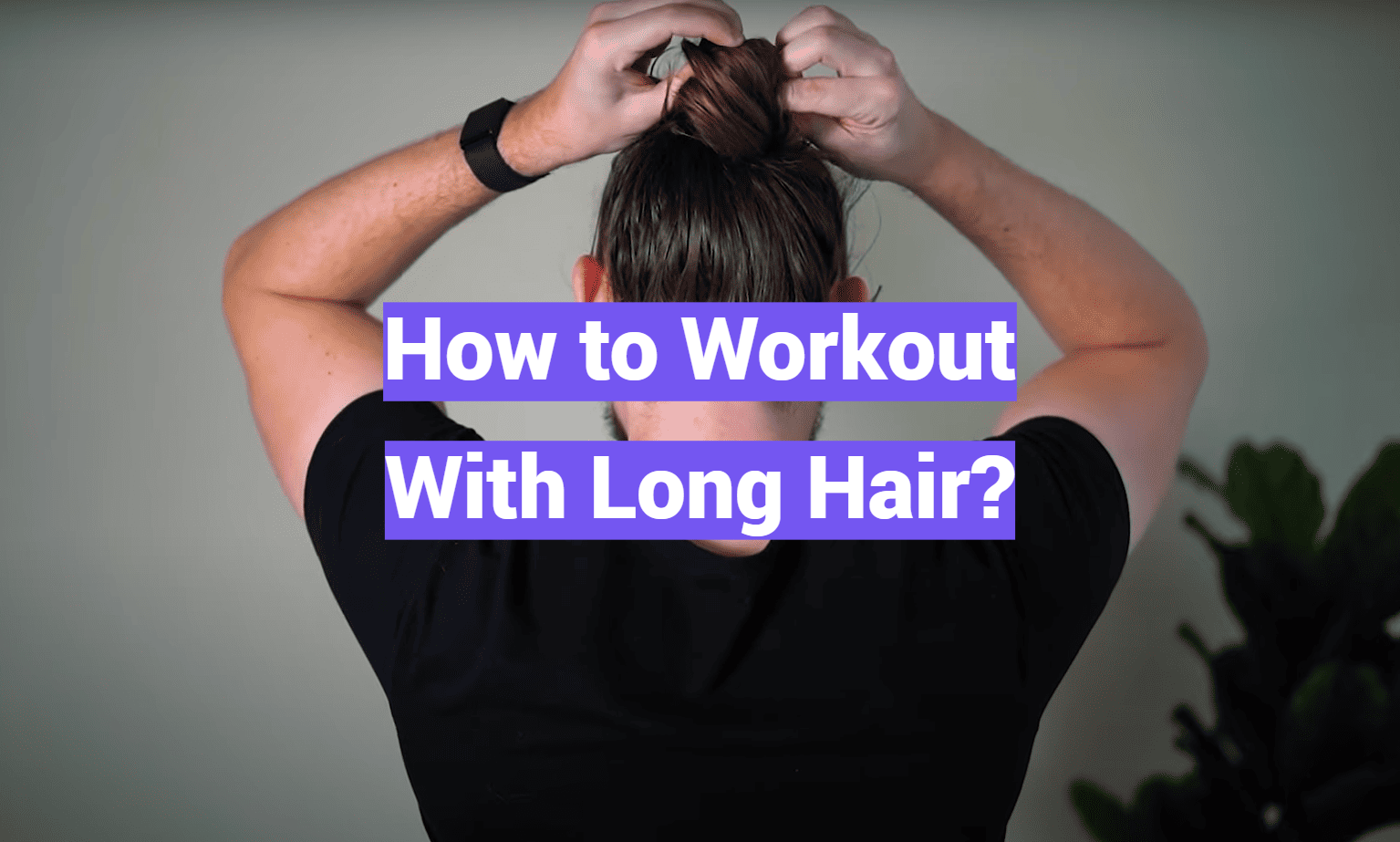Strands flying into your eyes during burpees? Braids unraveling mid-plank? You’re not alone. A 2023 fitness survey revealed that 73% of individuals with hair past their shoulders have stopped mid-workout to fix slipping hairstyles. This constant battle between fitness goals and hair havoc drains focus and energy.
Physical activity demands motion-friendly solutions that protect your locks. Tight ponytails cause breakage, while loose styles become sweat magnets. The secret lies in strategic hairstyling that balances security and scalp health.
This guide unlocks techniques for active lifestyles. Discover styles that stay put through spin classes yet release easily without knots. Learn how moisture-wicking fabrics for headbands complement protective braids. We’ll even share post-gym care routines to maintain shine after intense sessions.
Key Takeaways
- Secure styles prevent distractions and hair damage during exercise
- Layered braiding techniques outperform basic ponytails for high-impact activities
- Silicone-free hair ties reduce breakage while maintaining hold
- Texture-specific approaches work best (curly vs. straight hair needs)
- Quick refresh methods revive post-workout hair without full rewashing
Understanding the Workout Hair Challenges
Vision-obstructing strands during deadlifts aren’t just annoying—they’re safety risks. A recent study found gym-goers with untamed locks lose 19% more workout time adjusting their styles. Beyond frustration, improper hair management creates multiple barriers to effective training.

Safety First: Clear Vision Matters
Loose strands near your eyes distort depth perception during lifts or sprints. Sweat-drenched bangs clinging to your face transfer oils and products, triggering breakouts. Secure styles keep your line of sight clear for precise movements.
Equipment Entanglement Dangers
Weight machines and resistance bands become hazards when flowing hair gets caught. One salon reported 42% of clients with hair damage from gym incidents last year. Snagged strands can yank follicles, causing temporary hair loss.
Constant adjustments sabotage fitness goals by interrupting heart rate zones. Each pause to reposition slipping ponytails adds recovery time between sets. Sweaty hands tugging at knots worsen split ends and weaken roots.
Protective styling isn’t just about looks—it preserves scalp health. Tight elastics create tension headaches, while friction from cotton headbands breaks delicate strands. Choose moisture-wicking accessories that hold styles without excessive pulling.
Must-Have Gym Hairstyles for Long Hair
Ever lost count during crunches because your strands kept unraveling? The right styling choices make all the difference for active lifestyles. Secure yet comfortable options keep locks contained while protecting delicate ends from friction damage.
Classic Buns and Ponytails
The secure messy bun reigns supreme for high-intensity sessions. Start with a high ponytail, twist into a coil, and lock with spiral pins. Elevate basic ponytails by wrapping a thin section around the elastic—this trick hides ties and adds polish.
Braids and French Braid Options
French braids offer superior hold for cardio enthusiasts. Begin at the crown, incorporating small sections as you move downward. Double braids split weight evenly, reducing strain during lateral movements.
Creative Variations like Bubble Ponytails
Bubble ponytails add playful security with spaced elastics down the length. Gently tug each section for volume that lasts through burpees. Space buns position weight at the crown, eliminating neck strain during floor exercises.
how to workout with long hair: Essential Tips and Tricks
Mid-squat hair disasters can derail even the best training sessions. Smart preparation creates styles that survive box jumps while protecting delicate strands. Follow these science-backed strategies to maintain both performance and hair integrity.
Quick and Secure Styling Methods
Master the two-strand twist ponytail for instant security. Split hair into two sections, twist clockwise, then secure with spiral pins. This keeps hair locked in place without tension headaches.
Pre-workout prep matters. Apply a rice water spritz before braiding—it adds slip to prevent snarls. For curly textures, use wide-tooth combing followed by a coiled bun. Straight strands benefit from dry shampoo at roots for grip.
Tips on Avoiding Breakage During Workouts
Swap traditional elastics for silicone-free hair ties. These flexible options hold styles firmly yet release smoothly. Avoid pulling strands too tight—leave a finger’s width between scalp and base.
Post-exercise care prevents damage. Gently detangle starting from ends using a vented brush. Apply argan oil to mid-lengths before high-impact activities. This creates a protective barrier against friction from equipment.
Remember: “Your style should feel secure, not painful”. If headaches develop mid-session, loosen the base immediately. Layer cloth headbands over braids for extra hold without added tension.

Gender-Specific Styles: Women and Men Approaches in the Gym
Gym hairstyles aren’t one-size-fits-all—especially when gender preferences meet practical needs. While secure styles matter for everyone, styling priorities often differ between men and women in fitness spaces.
Favorite Women’s Gym Hairstyles
Braided crown updos combine elegance with endurance. This style weaves hair away from the face while distributing weight evenly. For high-intensity sessions, try a double-loop ponytail: create two stacked elastics, then tuck the ends under the top band.
Voluminous top knots work wonders for yoga enthusiasts. Tease roots slightly before securing with spiral pins. Leave face-framing strands loose for a softer look that stays professional post-exercise.
Guy-Friendly Hairstyles for Long Hair
The samurai knot offers masculine flair with military-grade hold. Gather hair high, twist into a firm coil, and anchor with a silicone-free tie. For weightlifting sessions, low braided ponytails prevent interference with bench positions.
Bandana wraps solve multiple issues at once. Fold fabric into a wide strip, tie at the nape, and tuck ends under. This method controls flyaways while absorbing sweat at the hairline.
Many techniques cross gender lines when functionality matters most. The half-up textured bun works equally well for rock climbing or spin classes. As one stylist notes: “Secure hair respects neither barbells nor gender norms—it just stays put.”
Maintaining Hair Health During Intense Workouts
Sweat sessions shouldn’t sacrifice your strands. Finding the sweet spot between cleanliness and natural oil retention keeps locks strong through burpees and bench presses. Let’s explore science-backed methods to protect your crown while crushing fitness goals.
Proper Washing and Conditioning Routines
Overzealous shampooing strips protective oils, leaving hair vulnerable to breakage. Aim for 2-3 weekly washes—adjust based on activity levels. Curly textures often need less frequent cleansing than straight strands. Always follow with conditioner, focusing on mid-lengths to ends.
| Washing Mistake | Healthy Alternative |
|---|---|
| Daily shampooing | Dry shampoo between washes |
| Hot water rinses | Cool water seal for cuticles |
| Skipping conditioner | Leave-in treatments post-swim |
Nutrition plays a surprising role in hair loss prevention. Biotin-rich eggs and omega-packed salmon strengthen follicles. As stylist Mara Linwood advises: “Feed your scalp like you fuel your workouts—with intention.”
Watch for these warning signs:
- Excessive shedding post-shower
- Itchy, flaky scalp
- Split ends appearing faster
Alternate tight braids with loose buns to reduce tension. Weekly scalp massages boost circulation—crucial for keeping hair rooted during high-impact activities. Remember: healthy strands start at the head‘s foundation.
Accessorizing Your Workout: From Hair Ties to Headbands
Tired of hair distractions mid-jump rope? The right accessories transform messy strands into sleek performance partners. Game-changing tools prevent slippage while protecting delicate strands from friction damage.

Choosing Gentle, Durable Hair Ties
Fabric-wrapped elastics outlast traditional options without snagging. Silicone-free versions grip securely during box jumps yet release smoothly. Avoid metal clasps—they create weak points that snap during overhead presses.
Utilizing Headbands and Clips for Extra Hold
Non-slip headbands with inner grips tame flyaways during downward dogs. Wide designs absorb sweat at the hairline without flattening volume. For updos, claw clips with textured teeth anchor buns through burpees better than basic pins.
Match bobby pins to your hair color for invisible security. Crisscross placement locks face-framing layers better than parallel positioning. Combine tools strategically: spiral ties for the base, clips for loose ends, and moisture-wicking bands for forehead coverage.

